Trentin: Reducing team sizes is a backward step
Italian on life in QuickStep's Classics team and Boonen’s final campaign
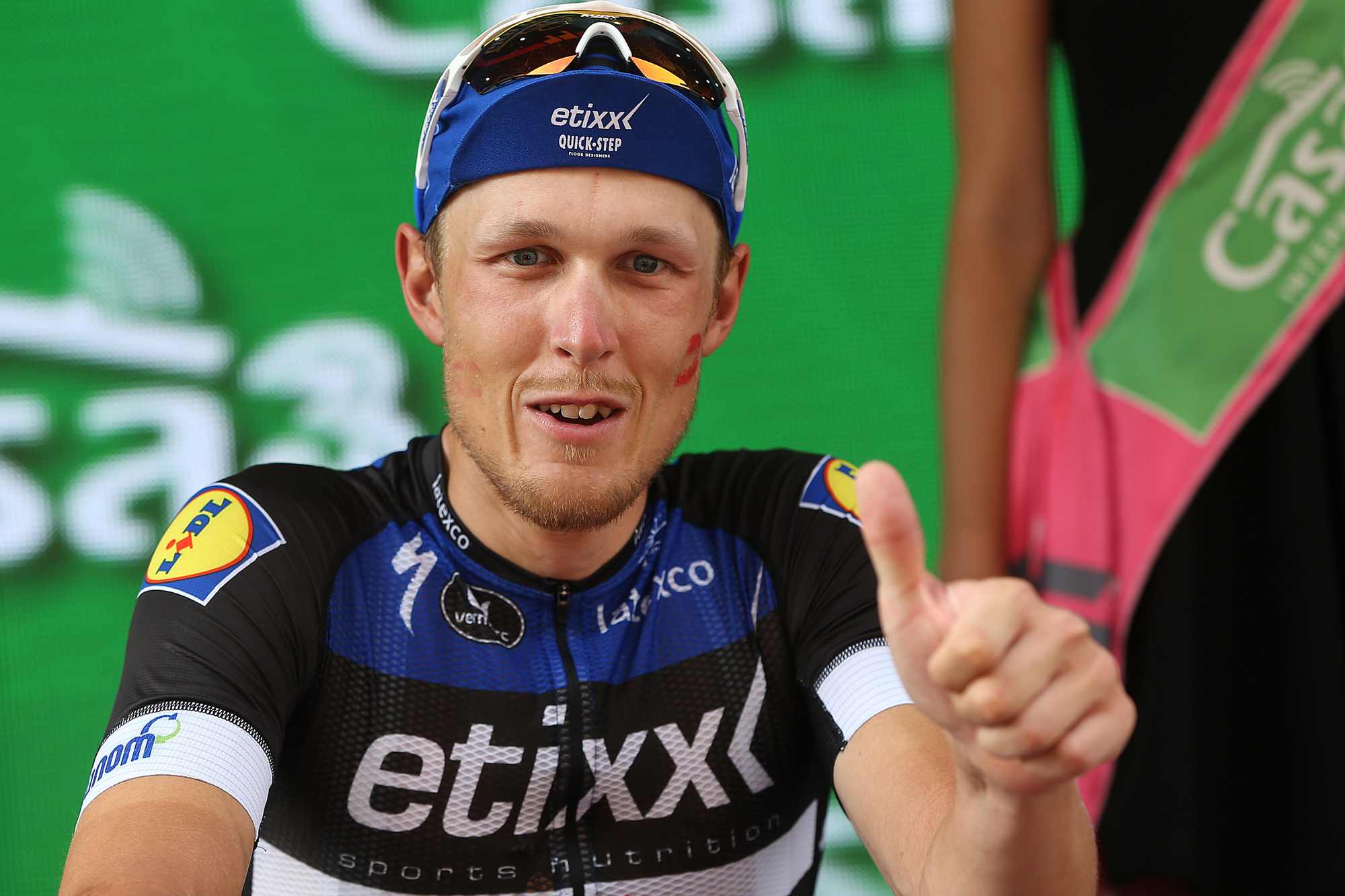
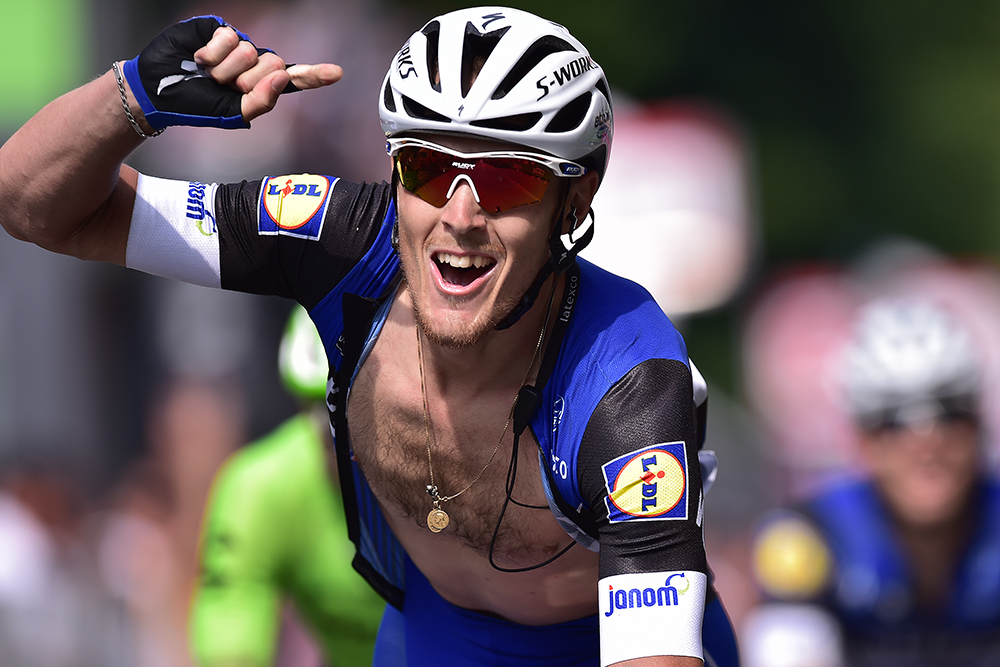
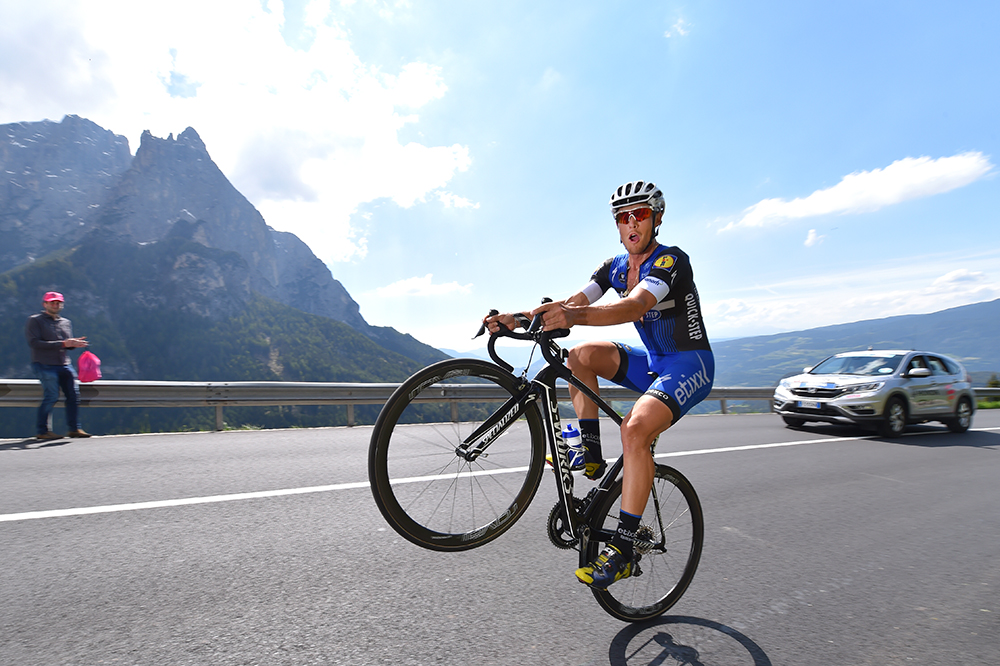
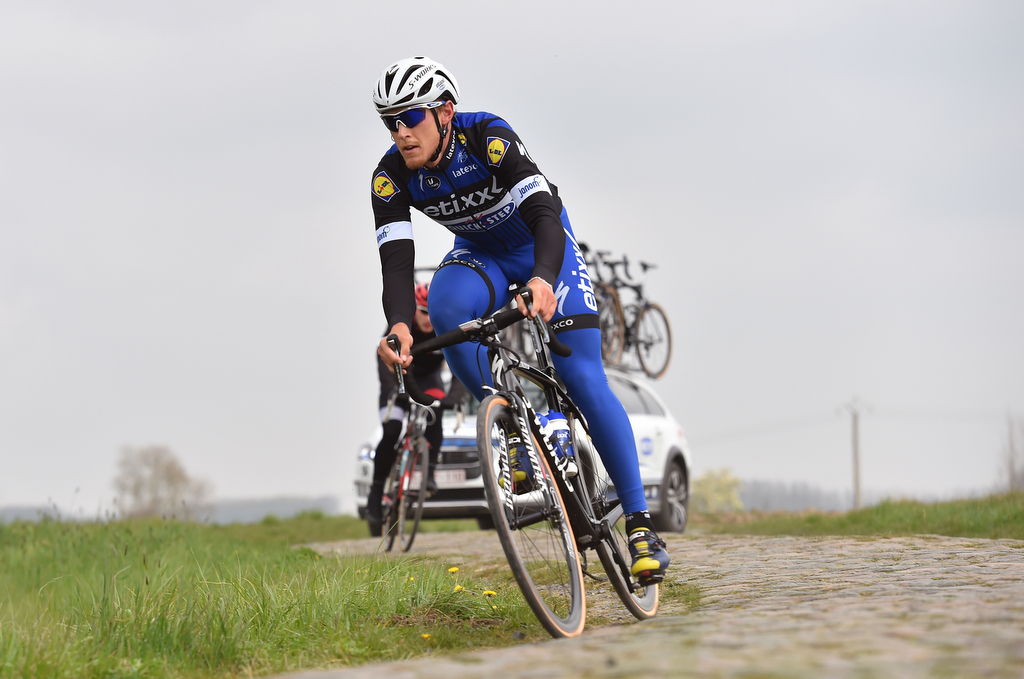
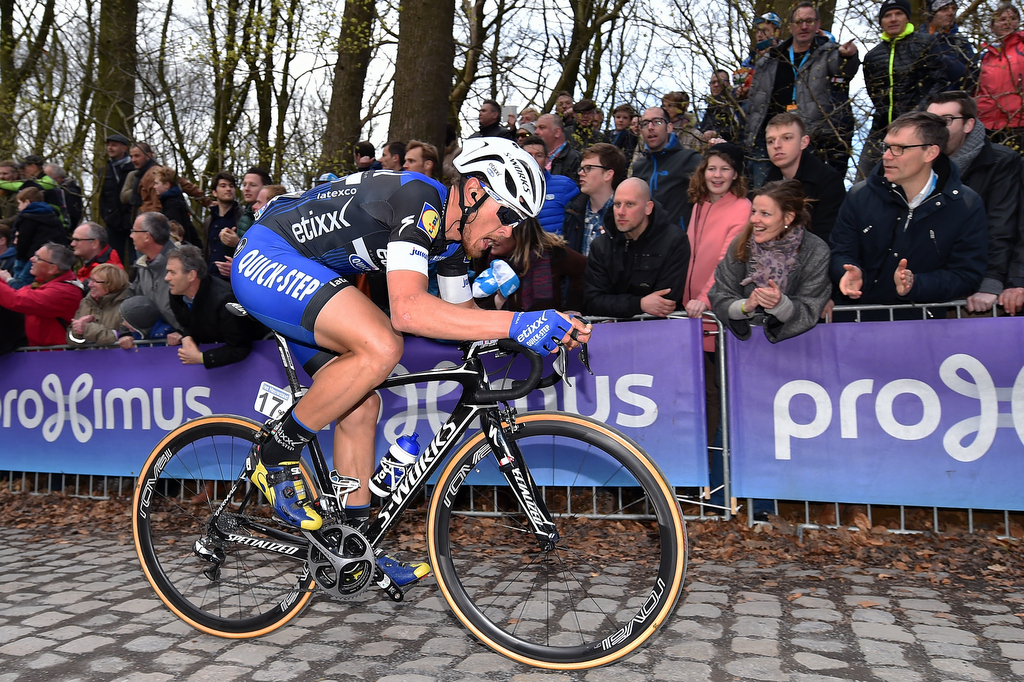
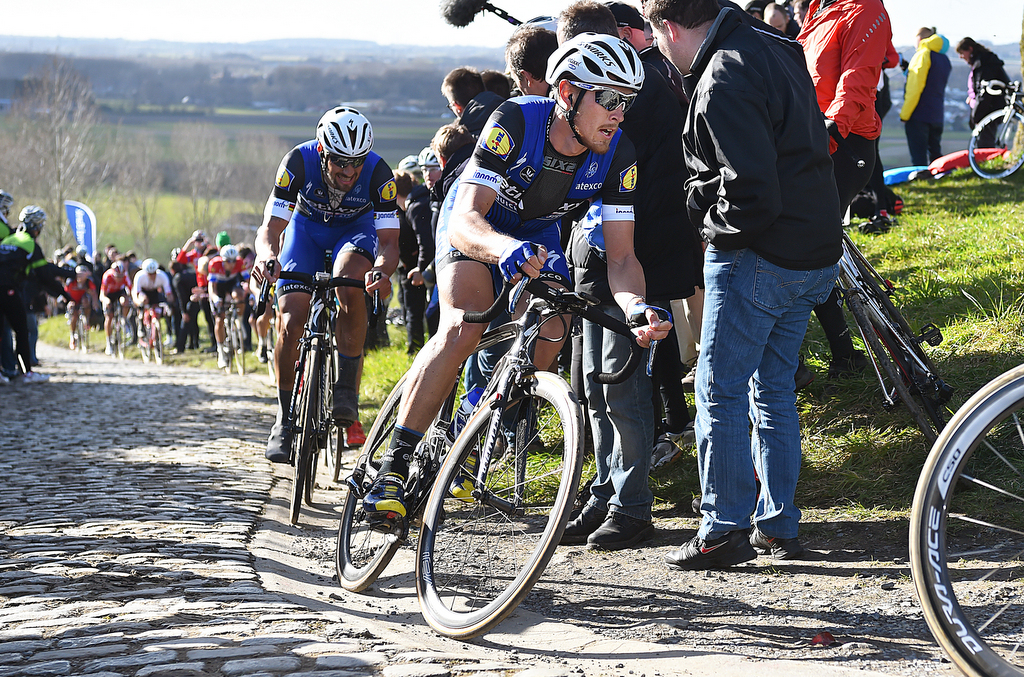
Places in the QuickStep team for the Tour of Flanders are always at a premium, and so it was a considerable vote of confidence in a neo-professional when Matteo Trentin, then a callow 22-year-old, was selected to ride in support of eventual winner Tom Boonen in 2012.
Trentin has been a mainstay of QuickStep's cobbled Classics unit in the years since, and is one of the names already pencilled in for the Ronde and Paris-Roubaix in 2017, even if, like many, he is bemused at the news that there will be just seven riders per team in the Monuments next season.
Last Friday evening, ASO, Flanders Classics and RCS Sport announced that they had taken the decision – independently of the UCI – to reduce teams for their one-day races from eight riders to seven, while Grand Tour rosters will now feature eight riders rather than nine.
"For some teams, it mightn't change anything, it's maybe even easier for them not to bring an extra rider to some races. But for teams like us, that missing rider would count for a lot. If you look at the Classics and the Grand Tours, we're always pulling on the front," Trentin said. "Obviously, you can't say that QuickStep goes with eight and another team who never rides can only bring seven, but I think it's the wrong thing to do."
The unilateral decision from race organisers is, of course, a symptom of their ongoing power struggle with the UCI, but while there are technical and sporting cases to be made for cutting down on team sizes – namely that a reduced peloton will make for safer racing, and smaller teams will make for more open racing – Trentin is sceptical about its benefits.
"It doesn't make racing more spectacular, it just becomes more chaotic. It's a backwards step, I think," he said. "There are some races already where you have only six riders and it's difficult to control things. Maybe it's nice because it means the leader changes every day, and that's fine if it's in a one-week race every now and then. But if it happens in every race, it will really become difficult."
Trentin's manager Patrick Lefevere issued a forceful rebuke of the idea last week, pointing out that reducing team sizes for major races would inevitably see WorldTour squads pare their rosters down from the current maximum allowance of 30 riders. With the WorldTour calendar featuring an additional 10 events from next season, however, the burden on the riders themselves risks becoming greater.
Get The Leadout Newsletter
The latest race content, interviews, features, reviews and expert buying guides, direct to your inbox!
"The riders themselves are never consulted about anything," Trentin said. "At least the rosters have already been fixed for next year, so it doesn't mean riders will be out of a job straight away. But if this situation continues in the years to come, we'll have to look at reducing the number of race days or reducing the number of kilometres per race. Something will have to give, because you can't have a roster of 22 riders doing 180 race days a year.
"There's a power struggle going on, and I only hope that something good comes out of it in the end. But as of now, nothing is coming of it."
Indeed, the expanded WorldTour calendar has already had a tangible effect of Trentin's preparations for the Classics. After debuting his 2016 campaign in late January, Trentin spent much of February training at altitude in Sicily before returning to action in early March. With the Tour of Qatar, Abu Dhabi Tour and Omloop Het Nieuwsblad all now on the WorldTour schedule, his QuickStep team cannot allow himself the luxury of a spell away from competition even at that early juncture in the year.
"Last year, I did a period at altitude between Dubai and Tirreno-Adriatico, but it's not going to be possible this year because there are more WorldTour races, so there isn't the time to go and do it," he said. "The team is going to need everyone on hand."
Classics
Though Trentin's satisfaction with his spell at altitude was such that he wanted to repeat the experience, he was disappointed that his results in the 2016 Classics did not reflect the fruits of his labours on the slopes of Mount Etna. Such is the terrible beauty of one-day racing in Belgium in the Spring, where the Flemish Ardennes are dotted with hard-luck stories. Trentin's principal regret is from E3 Harelbeke, where he felt he had the legs to follow Michal Kwiatkowski and Peter Sagan's winning move on the Karnemelkbeekstraat.
"To put it simply, I fell asleep there," Trentin said with a laugh. "I waited for three seconds and that was three seconds too many, and it was actually a similar situation when they attacked at the Tour of Flanders. Then at Amstel Gold Race, I was feeling good and I punctured 10k from the finish, although I don't know what I'd have done there because it was my first time to race Amstel."
Collectively, too, Etixx-QuickStep came away from the spring with a sense of unfinished business. Marcel Kittel's Scheldeprijs win hardly compensated for results elsewhere, particularly when the team fell well short at the Tour of Flanders and when Tom Boonen was surprisingly edged out at Paris-Roubaix despite having completed the heavy lifting by eliminating Sagan and Fabian Cancellara from the running.
"Last year, we had a lot of criticism because we didn't win, but in the end we showed again that we're one of the few teams that always rides to win," Trentin said. "Sagan and Cancellara were stronger than everyone else during the Classics, but behind them, we were the one team that was trying to change the situation. Something was lacking last year, but the mentality was the same as ever. Every year is different; last year went like that for them, let's see how this year goes."
Trentin's lingering disappointment from the spring was offset in part by a thrilling stage win at Pinerolo at the Giro d'Italia, when he swooped past Moreno Moser and his teammate Gianluca Brambilla after making a breathless descent off the San Maurizio to bridge up to them in the finishing straight.
"I could have done more at the Giro and I think the first part of the season in general could have gone a lot better," Trentin said. "But in the latter part of the year, I think I was going well almost all the time, maybe apart from the Worlds where I had some problems with the heat and the sun in Qatar."
Boonen's farewell
On his Ronde debut in 2012, Trentin was delegated to work long before the race reached its denouement, but as the years have passed, he has become one of the men deployed to operate in the finale at the Classics. In a team with so many potential race winners, eking out personal opportunity is not straightforward, though Trentin did so to win Paris-Tours in 2015, and has no complaints about his place in a firmament that includes Niki Terpstra, Zdenek Stybar, new arrival Philippe Gilbert and, of course, Boonen.
"I've had freedom in the past, like at Harelbeke this year," Trentin said. "The first thing I'm concerned with is feeling good and riding well, and we'll see after that. When you're going well, you're always up there in the finale and then you can do something."
Come what may, Boonen will hang up his wheels after Paris-Roubaix on April 9. The hope in Flanders is that he will sign off on his career with a record-breaking win either in Oudenaarde or on the Roubaix velodrome, but the emotion of the occasion is unlikely to impinge on QuickStep's approach to either race.
"I don't think it will change anything because Tom has always been the guiding light, not just for us, but for our rivals too. When he's in a race, they always look to him, especially in the Classics, because he's won more of them than anyone," Trentin said.
"He's decided to keep going until Paris-Roubaix, so that means he'll want to do something. After his Abu Dhabi crash last year, he was told he wouldn't ride again, and instead he came back and he was third in the Worlds a year later, so he'll be up there again."
Boonen's final Tour of Flanders coincides with the return of the Muur to the parcours – albeit some 95 kilometres from the finish – while the start of the race switches from Bruges to his home province of Antwerp. While the finale over the Oude Kwaremont and Paterberg remain largely unchanged, the alterations to the opening act should not be dismissed out of hand as mere window dressing.
"We'll have to see exactly where the route goes and what towns it goes through because that's the problem in Belgium. You can be on a big road for most of the time, and then you can get sent down small little roads that seem the same on the map, but they aren't like that in reality," Trentin said. "Just from taking a glance at it now, that opening section doesn't seem completely straight, but I'll know they'll be able to tell me more when I get to our training camp."
Trentin may laugh off the notion that he is an honorary Flandrian – "For one thing, Flemish is the one language I can't get my head around" – but after five years at QuickStep, he displays plenty of the local stoicism. "It shouldn't change a lot really," he said, after a further perusal of the Ronde map. "It's still the Tour of Flanders."

Barry Ryan was Head of Features at Cyclingnews. He has covered professional cycling since 2010, reporting from the Tour de France, Giro d’Italia and events from Argentina to Japan. His writing has appeared in The Independent, Procycling and Cycling Plus. He is the author of The Ascent: Sean Kelly, Stephen Roche and the Rise of Irish Cycling’s Golden Generation, published by Gill Books.